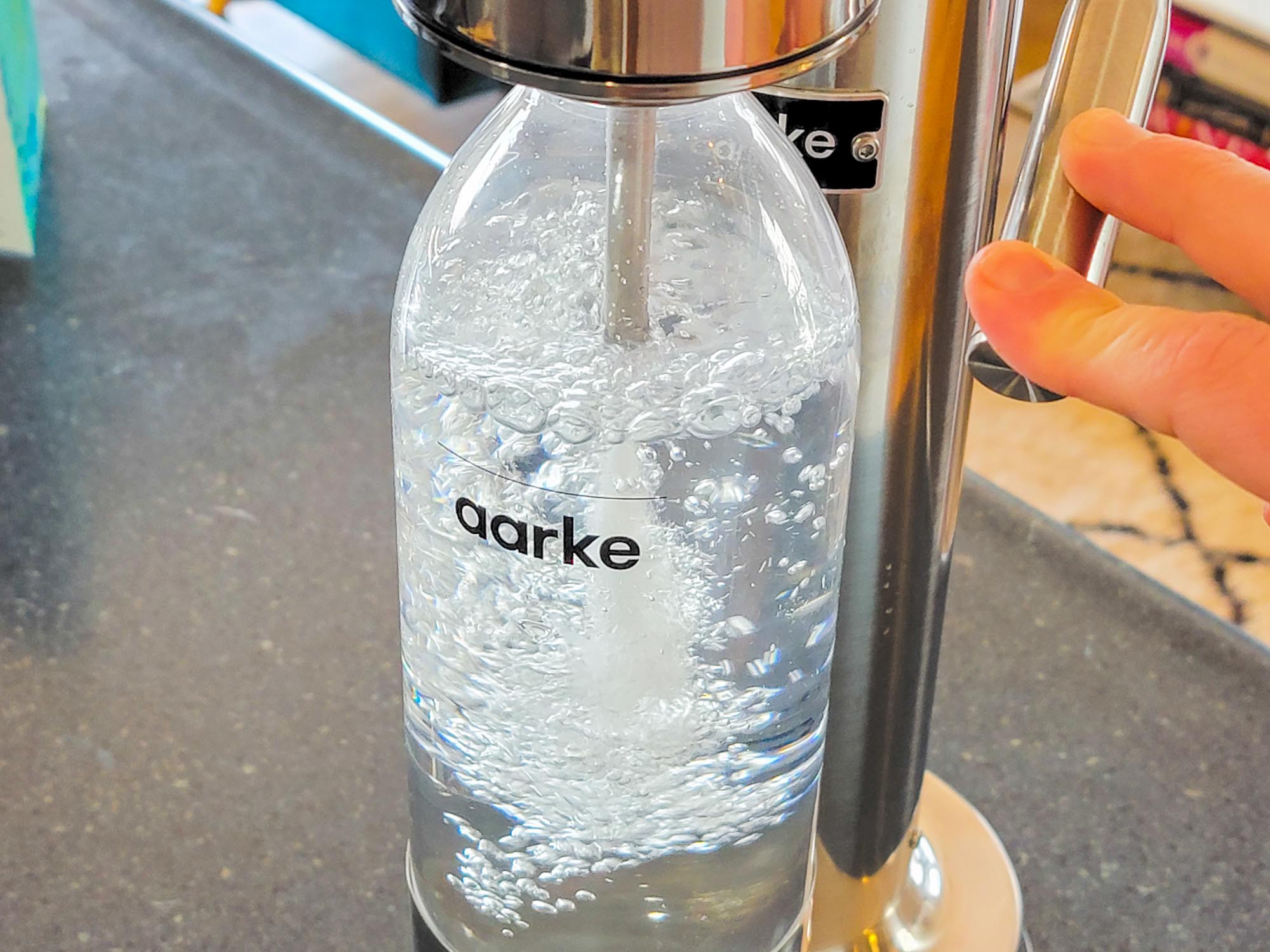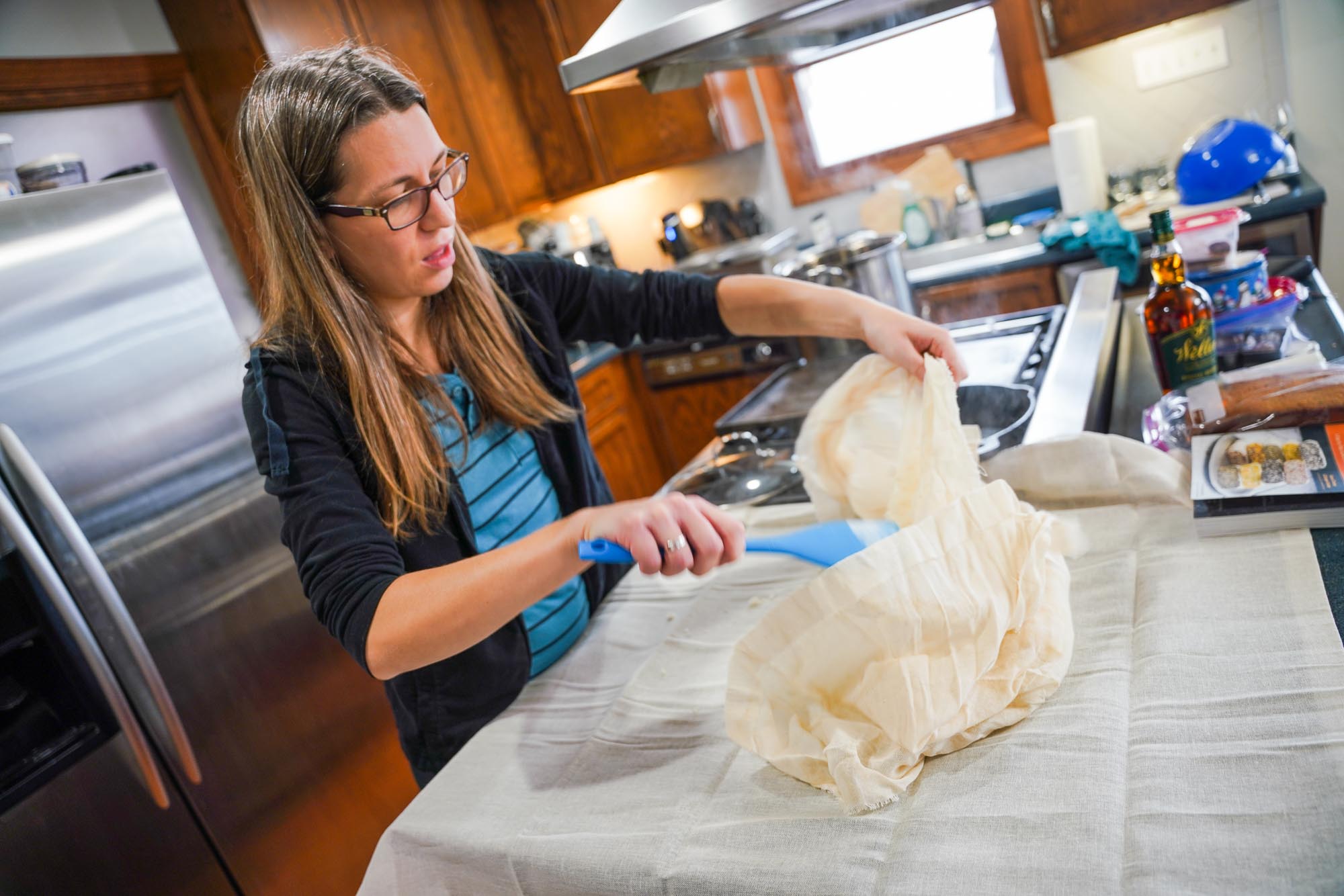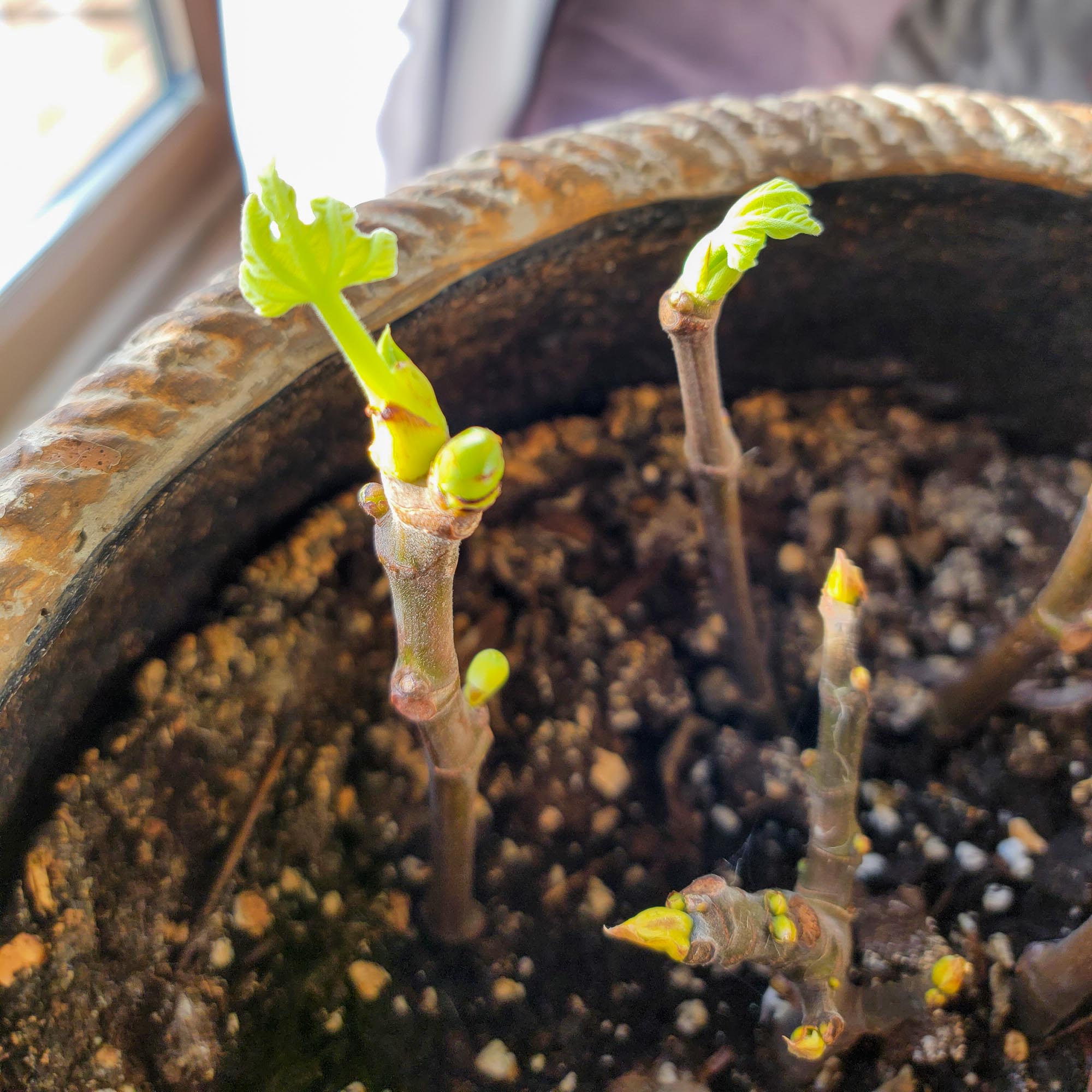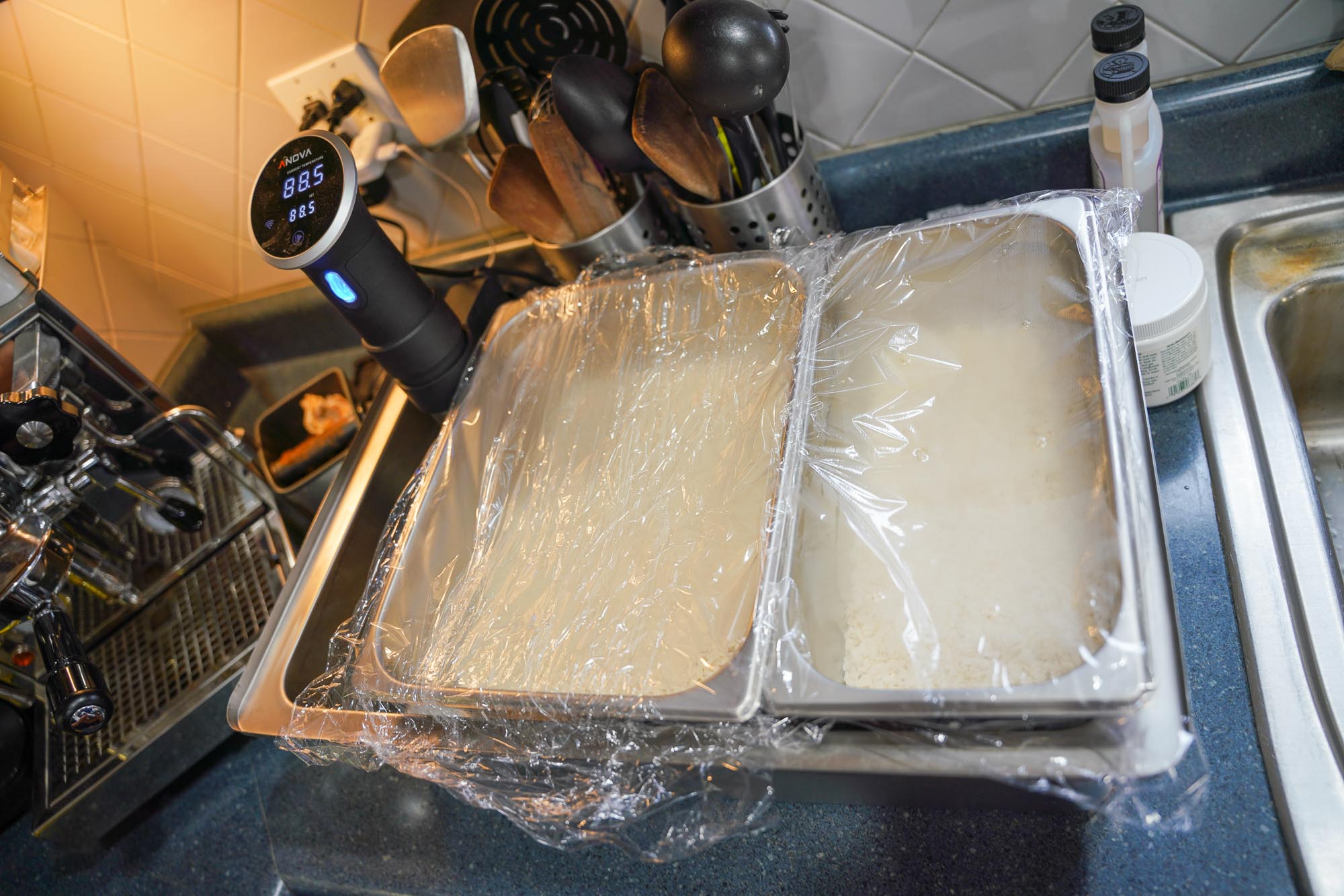Raise your hand if you are mildly addicted to sparkling water.
This was us at the beginning of the COVID pandemic when we found our consumption of sparkling water increasing to record proportions (often to the tune of four or five boxes a week). So when we realized just how much money this was costing us, we thought there had to be a better way.
Enter the Aarke sparkling water maker, and after just a few minutes of research, we knew acquiring one of these seltzer makers would really be a game-changer for our consumption.
But the real question to us after the fact was not “how good is the machine?” (we love it), but whether or not it was actually a worthy investment to begin with. So we did some math to see what the payback period would be for different scenarios!






